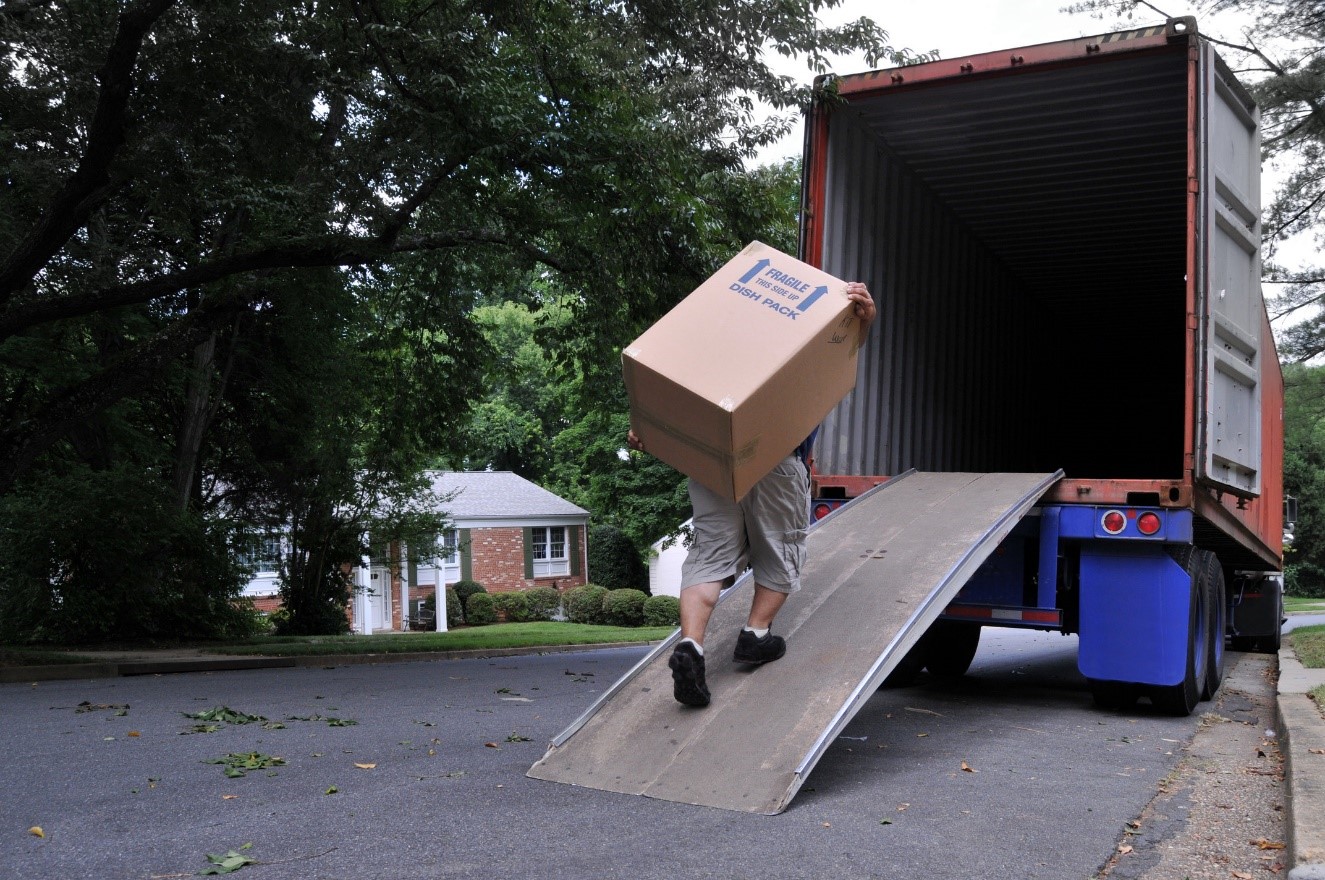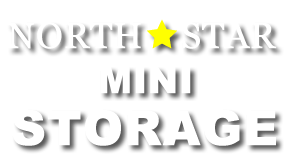Short-Term Storage: A Practical Solution For In Between Moves
When you need to move before your new house is ready, it can put you in a bind. If you’re making a local move, you can arrange to stay with friends or relatives for a while. But that still leaves you with the problem of storing your furnishings and other personal belongings.
Not all moving companies offer storage — even for an additional fee. Thankfully, renting a unit at a self-storage facility is an alternative solution, providing you know what’s involved.
Pricing
A self-storage unit is generally an affordable option for short-term storage during a move. This is especially true if a facility charges you for a unit on a monthly basis rather than requiring you to sign a long-term contract.
Storage facilities usually have different size storage spaces available, which allows you to choose the size that meets your needs. Sizes range from 5 ft. by 10 ft. to 10 ft. by 30 ft. If you are unsure about what size unit you need, many storage companies offer size estimators and rental rates on their websites.
Because the pricing of a unit is based on its size, it’s often more economical to pack a smaller storage unit full than to pay for a larger unit that leaves you with a lot of unused space. Options such as electricity and climate control also increase the price.
Other Factors to Consider
Even if you hire a moving company, it’s more convenient to rent a storage unit near your new home. Have the movers deliver the load to the storage facility. But before hiring movers, ask what type of vehicle the moving company uses.
Ask for the dimensions of the moving truck or van as well. Then, contact the storage facility to request the clearance heights and widths. That way, you’ll know for certain whether the moving vehicle can get into the storage facility and to the unit you’ve rented to unload.
Also, know the rules for accessing a facility before you rent a unit. Some storage facilities allow 24-hour access. Others have restrictions or charge fees if you need in at times other than the facility’s regular operating hours.
Packing for Storage
Don’t waste time or effort packing items you no longer need. Sell or donate anything still in good condition that you aren’t likely to use when you move into your new home. Toss out anything not worth passing on.
Stuff accumulates and some of it gets packed away never to be seen again. So why drag along clutter and items you won’t need? Even if you don’t need a storage unit for long, it doesn’t make sense to pay for extra space you don’t need.
If you transport the moving load to the unit yourself, some storage companies will pack your unit for a fee. However, if you intend to pack the unit yourself, keep in mind that it’s easier to stack same-size boxes.
Unit Organization
Make a plan for organizing the unit before delivery of the load. Regardless of the size unit you rent, it’s important to make the most of the space you have by stacking boxes from floor to ceiling. Begin by stacking the heaviest boxes on the bottom and the lightest boxes on top. Keep boxes off the floor by placing them on wooden pallets.
Place boxes that contain your most valuable items at the back of the unit. Despite the facility’s security, make access to more costly items harder should someone succeed at breaking into the unit.
If you have movers pack the unit, instruct them to leave aisles between the columns of boxes, stacking the boxes so that the labels are clearly visible. Whether you pay someone else to pack the unit for you or do the job yourself, you may need to get to some of your packed items before the final move.
Labels and accessibility prevent the need to dig around in the unit and open boxes that don’t contain what you’re looking for. It also helps to place boxes you will need to get to before the move in a lower stack toward the front of the unit.
Insurance
If you have home insurance on your new home, the policy may provide some coverage for personal property you store outside of the home, including belongings you store in a storage unit during a move. Check with your insurance provider to see if your belongings are covered. Coverage applies to losses from perils named in your policy.
Home insurers usually limit coverage for personal belongings that you store away from the home to 10% of your personal property coverage. Therefore, you may want to increase the personal property coverage limit in your policy or buy additional coverage for items that are highly valuable. Another option is to inquire whether the storage facility offers insurance. Many facilities offer insurance for an additional cost.
If you have furniture and other personal belongings that you need to store while waiting to move into your new home, the trained professionals at North Star Mini Storage can explain the temporary storage options available.


